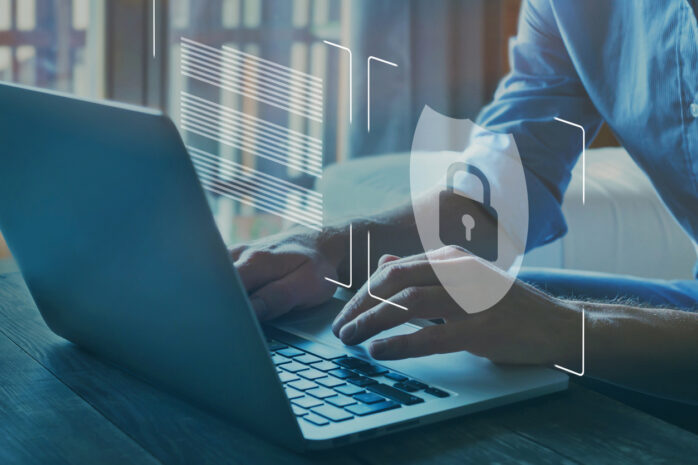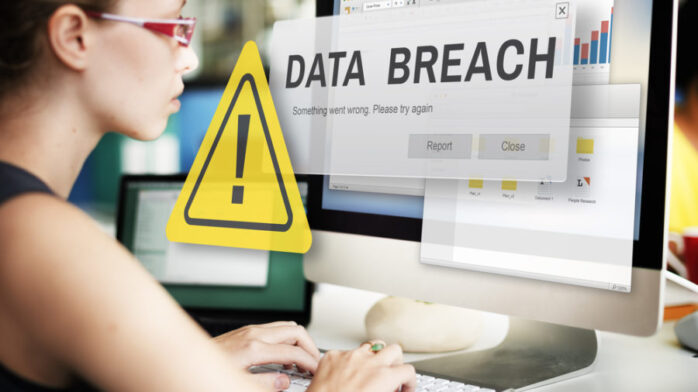IT security is a top priority for every company. The stakes are even higher now that cyberattacks are becoming more frequent and sophisticated. To stay ahead of the curve, you need to stay ahead of the threat.
It doesn’t matter how big or small your company is; you are still a target; therefore, you must adopt the latest security technologies and strategies as soon as possible so you can stay protected.
Unfortunately, your company isn’t the only one suffering from insecurity. Ataulin Capital Research estimates that 80% of cybersecurity breaches result from human errors, such as over-encrypting an account or weak passwords. But human error is something you can control: by compromising our security, we also give hackers new opportunities to attack us.
Therefore, when it comes to protecting your company’s data, it is not enough to follow regulations and spend money on computer and software upgrades; you also need to implement effective security policies and processes that keep your employees safe from potential threats.
In this article, you’ll learn about why your IT security is a top priority and how implementing best practices for secure internet usage can go a long way to keeping you safe online:
1. Protecting your reputation

As the saying goes, “there’s no such thing as bad publicity,” but there is such a thing as bad publicity that results from an attack on your company’s network.
For example, suppose your company suffers a data breach and sensitive information about customers is stolen or compromised. This could cause them to lose confidence in you as a reliable business and may lead them to seek services elsewhere.
In addition, if they are damaged by the attack itself, if their credit card details are stolen, for example customers may feel angry towards you and may post negative comments on review sites.
It could also lead to legal action from customers who discover their data has been compromised or stolen. And that’s just from one breach! The longer a company goes without an incident, the better it looks compared to its competitors.
2. Protecting employees

A breach can have real-world consequences for your employees and your business reputation. For example, suppose employee records are stolen and posted online in an extortion attempt.
In that case, the victims may have their identities stolen by cybercriminals who will use this information for malicious activity such as identity theft and financial fraud. Even if they don’t suffer financially, they may face damage to their credit score and other ramifications that could take months – even years – to undo.
3. Protecting yourself from cybercriminals

If an organization is found to have lax security practices. This can make them more vulnerable to cyberattacks – which can result in financial losses as well as damage done by the attack itself. For example, suppose a hacker breaks into your database and steals information about past employees or other individuals you have dealings with.
In that case, they may use that information for identity theft purposes or sell it on the black market. In addition, if the information is personal such as medical records or financial details, the victims may suffer emotionally and physically and financially.
4. Protecting yourself from competitors
An organization with lax security practices makes itself vulnerable to cybercriminals and competitors who may want access to their data to gain a competitive advantage over them.
For example, if an attacker breaks into your database and steals sensitive information about research projects that are being conducted at another company – such as intellectual property (IP) – they could use this information against you by stealing clients away from you or even using the information to develop a new product that will put you out of business.
5. Protecting your business

Failure to protect your business from cybercriminals may result in financial loss, the theft of confidential information and even the destruction of your business. Losing your data can put your business out of commission for days or weeks. If you lose clients’ data or have to send out letters to clients or individuals whose data was stolen, this will be time-consuming and costly.
This is especially true if the breach affects a large number of people. The effects on the business can be immediate and far-reaching, from lost productivity in the office and loss of customers to legal penalties and fines.
Therefore, your business can lose lots of money in the market due to identity theft, ransomware, denial of service attacks, etc. We suggest looking into getting a managed service provider like MyTek, they provide all of the services you need to protect your business in the digital space and have the flexibility to suit your needs.
6. Protecting yourself from litigation
If you fail to protect your data from cybercriminals who steal credit card numbers or other sensitive information about customers, clients or employees. In that case, you may face legal action from those affected by the theft.
For example, if a cybercriminal steals credit card numbers and uses them to make fraudulent purchases, those using cards will likely sue you for damages.
Likewise, if an attacker steals personal medical records about patients and sells them on the black market to others who can use that information against them (for example, by blackmailing them), victims may sue you.
In addition to being liable for monetary damages due to negligence in protecting this data, your reputation will suffer if word gets out that there is no way of safeguarding sensitive data with which you have been entrusted.
7. Protecting your customers

Breaches can also significantly impact your customers’ trust and loyalty. For example, if the information stolen is financial in nature, it can be used to access bank accounts or credit cards, leading to identity theft and fraud.
This can cause customers to lose time and money trying to resolve these issues and a loss of faith in you as their trusted business partner. In some cases, this could even cause them financial hardship as they struggle to resolve these issues.
8. Protecting yourself against internal threats
In addition to cybercriminals, another potential threat comes from your organization – employees who are disgruntled with their jobs or have criminal intent for other reasons.
For example, if an employee steals sensitive information about customers or other employees to sell it on the black market or use it for identity theft purposes, this could result in financial losses for your company as well as damage to its reputation.
In addition, if an employee uses their authorized access to launch attacks against other organizations or individuals – whether for personal reasons such as revenge or for financial gain this could result in legal consequences for your organization if it is found to have been negligent in its security measures.
9. Protecting yourself against external threats

A growing threat comes from outsourced services that grant suppliers access to your valuable data. Experts from Prevalent explain third party risk mitigation as a vital SaaS solution that offers continuous risk monitoring and support from vendor intelligence networks.
The most obvious threat comes from cyber criminals and other criminals who attack companies to steal sensitive information, commit fraud or cause damage to computer systems.
For example, a hacker breaks into your company’s computer systems and encrypts all of their data. In that case, this could result in financial losses as well as reputational damage to your company.
In addition, if they can access information such as customer credit card details or personal data belonging to employees, this could result in financial losses for those customers or employees and legal consequences for your organization.
10. Protecting yourself against physical threats

Physical threats include any actual harm caused by criminals who have broken into your company’s premises or building. For example, if a criminal were able to gain access to the server room where the servers containing all of your organization’s data are located and physically destroy them, this would result in substantial financial losses as well as reputational damage for your organization.
In addition, if a criminal was able to gain physical access to the offices where sensitive information is stored and steal that information, this could result in financial losses for those customers or employees as well as legal consequences for your organization.



















